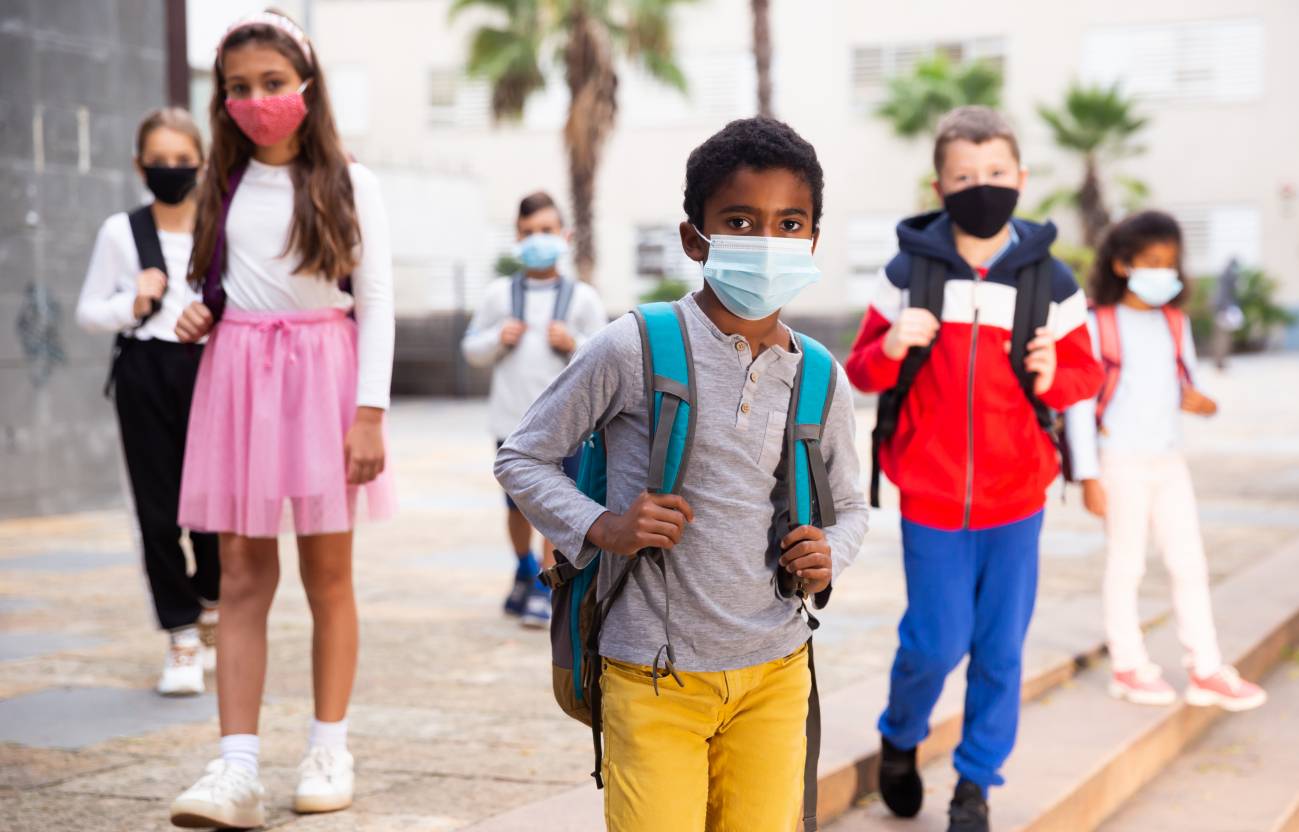It has been a classic practice since the 19th century, in all situations of health alert for communicable diseases, to request the closure of schools to control transmission. But in the case of covid-19 there is insufficient evidence and data to apply it in order to interrupt transmission and protect the health of minors.
In this pandemic, what the evidence shows is that the benefit of closing schools has not been proven. Moreover, it is not possible to describe its effect on community transmission in isolation, given that there are contextual factors that modify the impact of closures.
In this pandemic, what the evidence shows is that the benefit of closing schools has not been proven
On the other hand, the role of children in community transmission is also not sufficiently clear, and the available data show that, among primary school children, transmission rates tend to be low.
Transmission at home
It has been observed that home transmission is more important than school transmission: secondary attack rates have been clearly lower in schools than in homes.
This situation can also be seen in Spain: the number of cases according to the area of possible exposure shows that only 2 % were related to the school environment. This is much lower than in the home (35.7 %), and also lower than in social (5.9 %) or occupational (5.1 %) settings.
The last situation report carried out in Spain just before the Christmas school vacations, where data on covid-19 outbreaks were collected, mentioned that "the impact on educational activity is low, so that, in the last week, 99.51% of classrooms are in operation without being quarantined".
Documented damage
On the other hand, evidence has been accumulating of the damage that can result from school closures on children. Among them are increased anxiety and loneliness in young people; and increased stress, sadness, frustration, indiscipline and hyperactivity in children.
But it also affects other aspects of children's health, such as nutrition, physical exercise and obesity. For many schoolchildren, especially those of lower socioeconomic status, schools are also a place to eat healthy and regular meals. And during school closures, children's daily physical activity is also reduced. All of this can lead to an increase in the prevalence of childhood obesity. In addition, learning problems may also increase, especially for children with fewer resources.
Nor can we ignore the problems of care that a closed school means, not only for parents who must be absent from their jobs to be with the children, but also for older, more vulnerable people, who will also perform these care tasks: grandparents and grandmothers and grandfathers.
If it is accepted that the purpose of school closures is to reduce social contacts in order to reduce transmission, it does not seem reasonable to expose vulnerable people. School closures should be considered only as a last resort.
Óscar Zurriaga, Epidemiologist. Dept. of Preventive Medicine, Public Health, Food Sciences, Toxicology and Legal Medicine, University of Valencia. Vice-president of the Spanish Society of Epidemiology.


